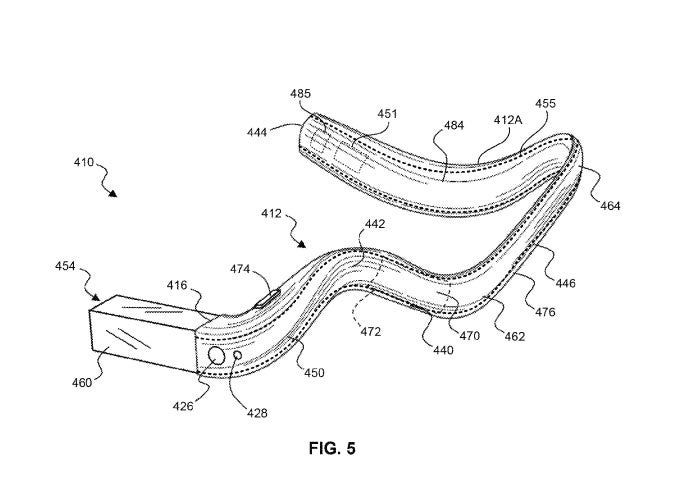Google Glass could be coming back, with a much slicker new design
It would take a lot for the new design to make Google Glass popular among consumers

Your support helps us to tell the story
From reproductive rights to climate change to Big Tech, The Independent is on the ground when the story is developing. Whether it's investigating the financials of Elon Musk's pro-Trump PAC or producing our latest documentary, 'The A Word', which shines a light on the American women fighting for reproductive rights, we know how important it is to parse out the facts from the messaging.
At such a critical moment in US history, we need reporters on the ground. Your donation allows us to keep sending journalists to speak to both sides of the story.
The Independent is trusted by Americans across the entire political spectrum. And unlike many other quality news outlets, we choose not to lock Americans out of our reporting and analysis with paywalls. We believe quality journalism should be available to everyone, paid for by those who can afford it.
Your support makes all the difference.After falling victim to its own hype and dying an undignified death, Google Glass, the 'smart glasses' Google launched in 2013, could be coming back in a slightly less lame form.
According to a Google patent application, which was approved last week after being filed in September 2012, the company has created an alternative design for Google Glass.
Rather than sitting on the face like a bulky pair of regular glasses, the alternate design wraps around one side of the user's head instead, appearing slightly less intrusive.

Google Glass is a fairly impressive device in itself - controlled through voice commands, a tiny screen in front of the user's eye can display messages, maps, and even video chats with other people.
Essentially, it has many of the uses of a regular smartphone, shrunk into a smaller package and worn on the face.
However, the product was met with little interest from the public, despite its capabilities, and a stigma around Glass grew due to privacy concerns over the idea that users could covertly take pictures or video of people around them.
Maybe Google Glass was ahead of its time, or maybe it was just too intrusive to gain any popularity.
Google took Glass out of production in January this year, so it's unclear when or even if this new design will be put into production
Join our commenting forum
Join thought-provoking conversations, follow other Independent readers and see their replies
Comments